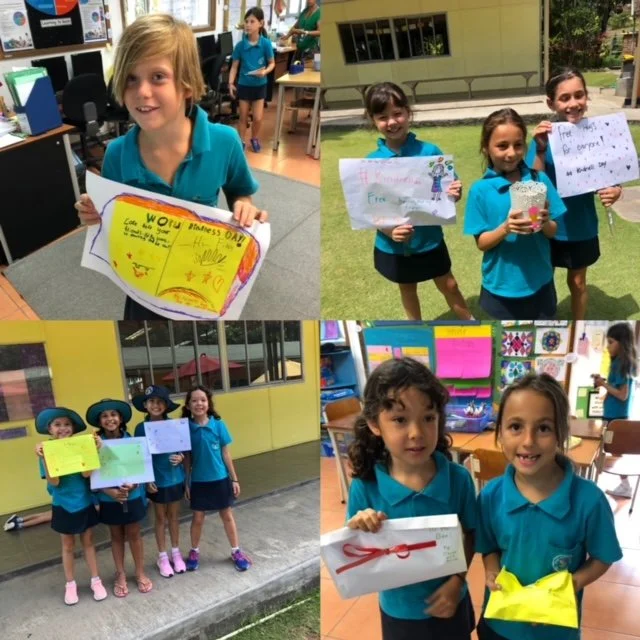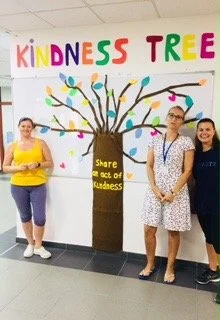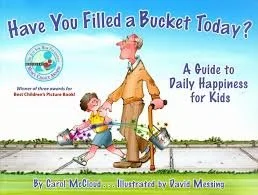
“In a world where you can be anything…be kind”
Did you know that sharing kindness is one of the few things that is doubled when shared? It all starts with one person. Studies show that performing just one act of kindness a day not only reduces stress and anxiety, it makes you and the person you helped calmer, healthier and happier. Being kind boosts serotonin and dopamine, which are neurotransmitters in the brain that give you feelings of satisfaction and positive well-being, and cause the pleasure/reward centers in your brain to light up. Endorphins, which are your body's natural pain killer, also can be released. If others see you doing a kind act, they will also be filled with the same feel good hormones. Those you help will help others, and just like that you can start a chain reaction, the boomerang effect. This is the beauty of human nature mirroring what they see.
It will not take long to feel the happiness buzz from giving and receiving. Embedding and modeling the culture of kindness has a profound effect on everyone's wellbeing, and the options are endless.
Ideas
There are a plethora of ways to embed activities linked to this principle. In a school setting, which you could adapt to being at home, ideas include:
● giving free hugs ‘
● kindness police
● organize campaigns throughout campus on spreading kindness
● leaving surprise notes for those who serve us
● making bracelets, bookmarks, or messages with positive affirmations
● creating buddy benches
● creative greetings .
Kindness is contagious! A great way to motivate others is to see constant reminders of random acts of kindness.
Interactive displays are one way to help celebrate as a community, and make happiness go viral.


